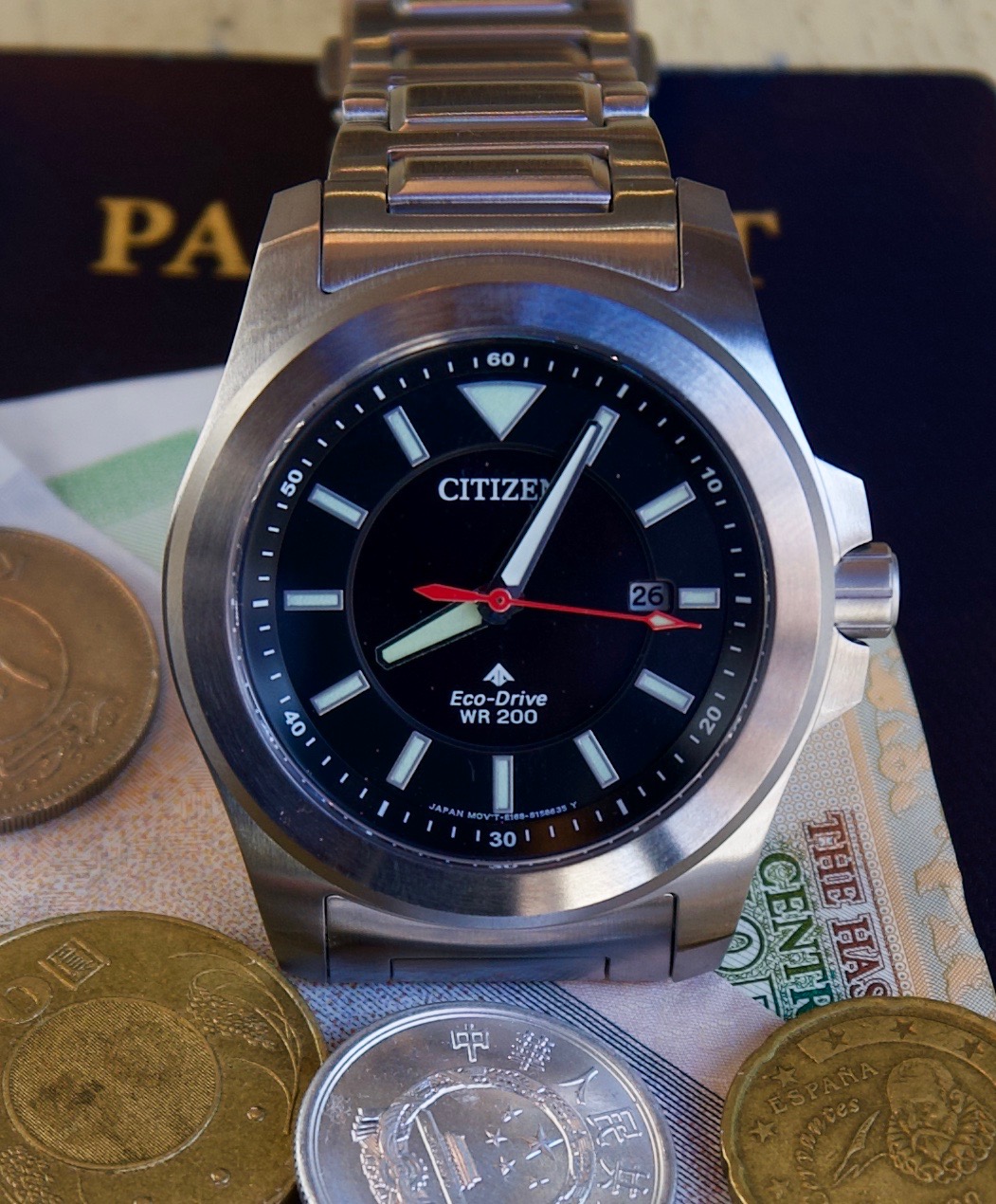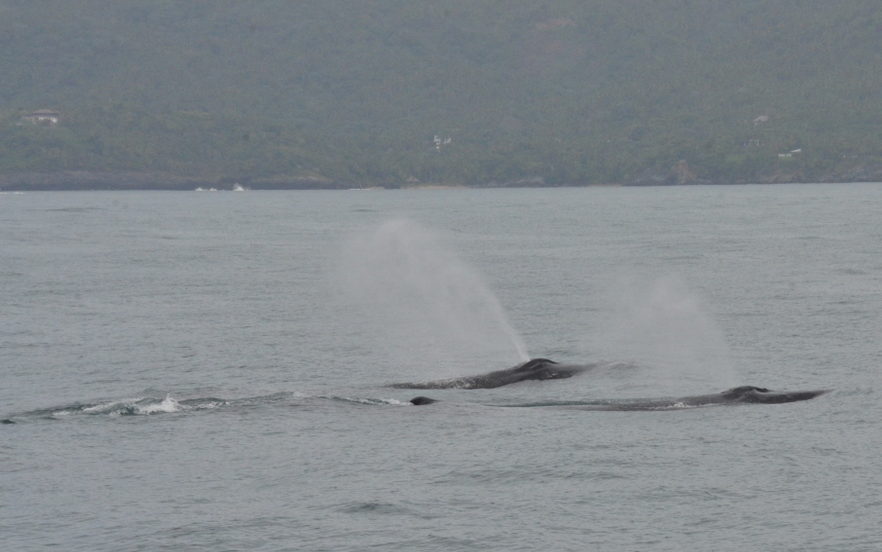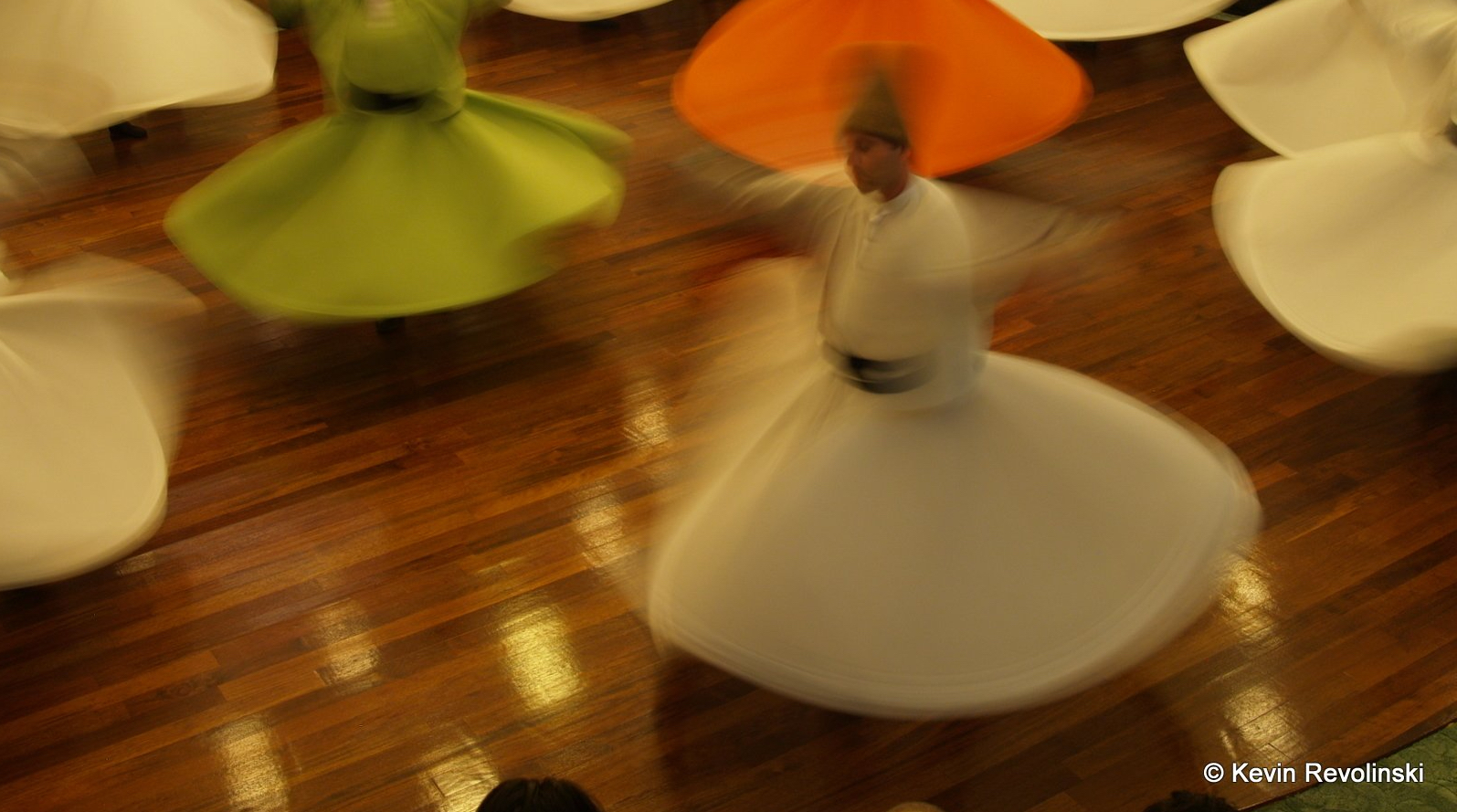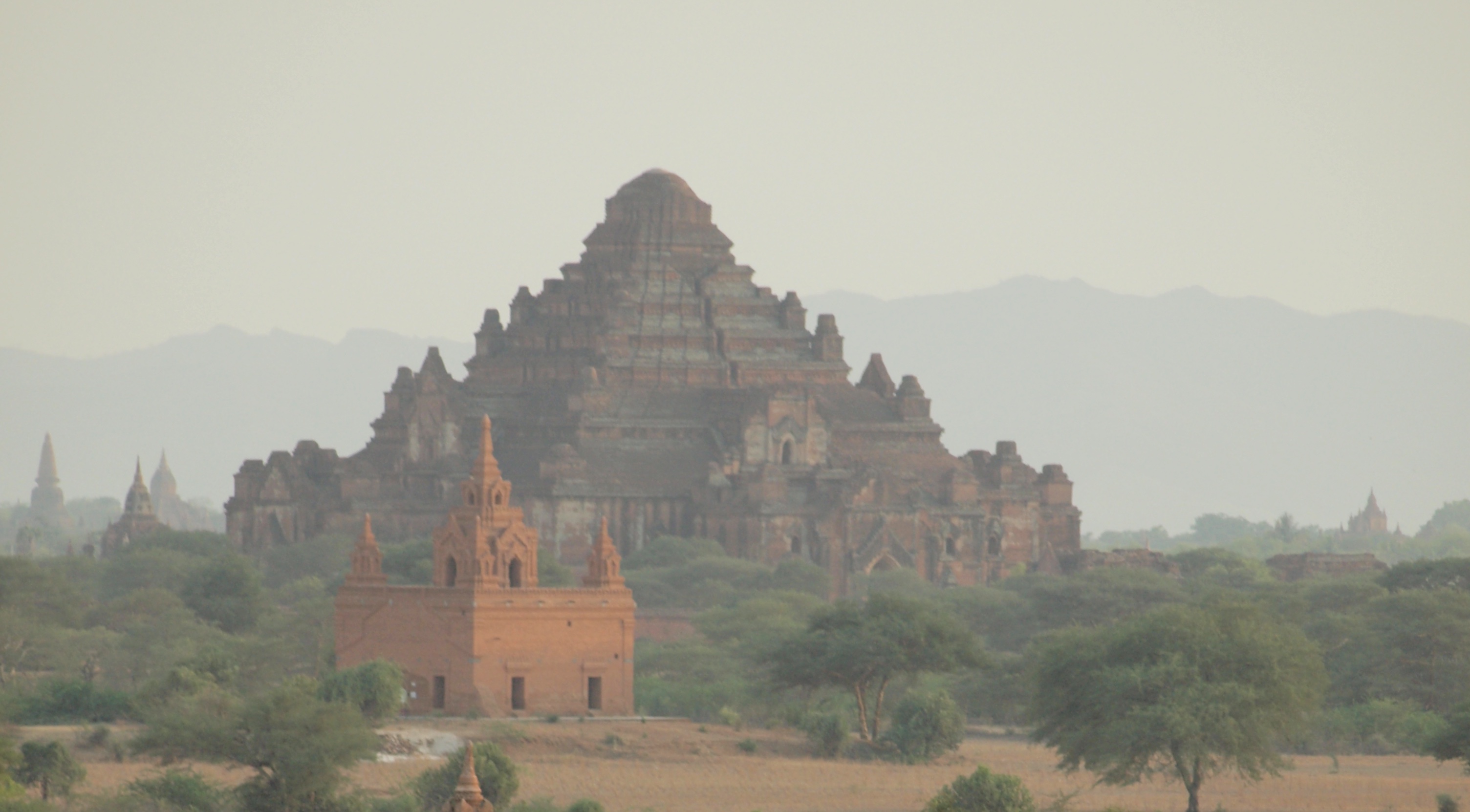Reggie Singh, in a blazer, white shirt and old-style cravat, greets us with a billiard cue slung nonchalantly over his shoulder. Traditional jazz music is blaring out of his huge sound system.
“Hello,” he booms in his educated Indian English, “So glad you could make it, would you care for a gin and tonic? Just potting a few balls.”
He throws himself into a huge leather sofa and holds out the billiard cue, limply, for a uniformed servant to take from him.
His relaxed elegance is carefully studied and there is more than an element of pose in his aristocratic manner – as if we had just happened by to join him at his stately home and were not in fact, paying guests at his “Mountbatten Lodge” in the middle of the Ranakpur hills in Rajasthan.
He snaps his fingers and the loud music ceases. While drinks are brought to us by another uniformed staff member, Reggie explains to us that he has tried with Mountbatten Lodge to recreate the old style of the Raj. Guests can stay in their own lodges – as big as a small house in London – with terraces and gardens, and eat alone or with the other guests on the grand dining terrace under the branches of a vast flame tree.
The lodges are magnificent, each with its own plunge pool, day beds, enormous wet rooms, four posters and an assigned staff member in tireless attendance. On the walls are photos of the British in India; old Tiger hunts, Mountbatten and Edwina with Nehru, formal groups of nabobs and nawabs in white sun hats.

Palaces That Can Be Yours – For the Weekend
Reggie built the Mountbatten Lodge as an adjunct to the 5 day camel safaris – “Leopard and Shepherd tours,” he calls them – he has been running for some years in Rajashtan, where guests ride camels, camp out and see wild boar, wilgai antelope, sloths, small brown bears and, yes, if they are lucky, some of the local leopards.
We are at the border of the Jodhpur and Udaipur districts and Reggie’s aristocratic pose may be affected, but it is not fake. He is the grandson of Maharajah Ratan Singh of Jodhpur. Reggie is one of the Rathore Rajputs of Marwar. He is also not alone in welcoming tourists.

Since the independence and partition of India in 1947, many of the former Maharanahs and Maharajahs have turned their properties into hotels, and the Palaces of Rajasthan and Gujarat are now some of the most thrilling and beautiful places to stay.
Reggie’s is newly built, but some are genuinely old. In the Samode Palacein Jaipur, for instance, the walls, ceilings and floors are covered in endless, intricate mosaics and mirrors. The courtyards and terraces take one back to a historic time. The splendor and feeling of exotic glamour is overwhelming.
But hanging on to the family estates has not always been easy for the Rajputs. In the 1970s, the government of Indira Gandhi began a move to take over all the palaces – a nationalization of former Princely States – and once-royal families tried all kinds of arrangements to retain ownership of their former status.
The father of the current Maharana of Udaipur, Sriji Baghwat Singh Mewar, is known as the Founding Father of Tourism because, having dissolved the ownership of his Palace into a trust, he created the incredible Lake Palace Hotel, photos of which adorn fashion magazines almost as often as the Taj Mahal.

The Lake Palace
This palace hotel is situated in the middle of one of the five lakes of Udaipur, a top tourist destination which amply deserves its description as the ‘Venice of the East’. From the photos one can see that the Lake Palace Hotel is one of the most glamorous destinations in the world, but the prices are perhaps beyond the pockets of most – they certainly were too much for us. So we stayed at the Lalit Laxmi Palace Hotel above the Fateh Sagar lake, a lovely hotel on the hill, with beautiful views and a short walk down to the lake .
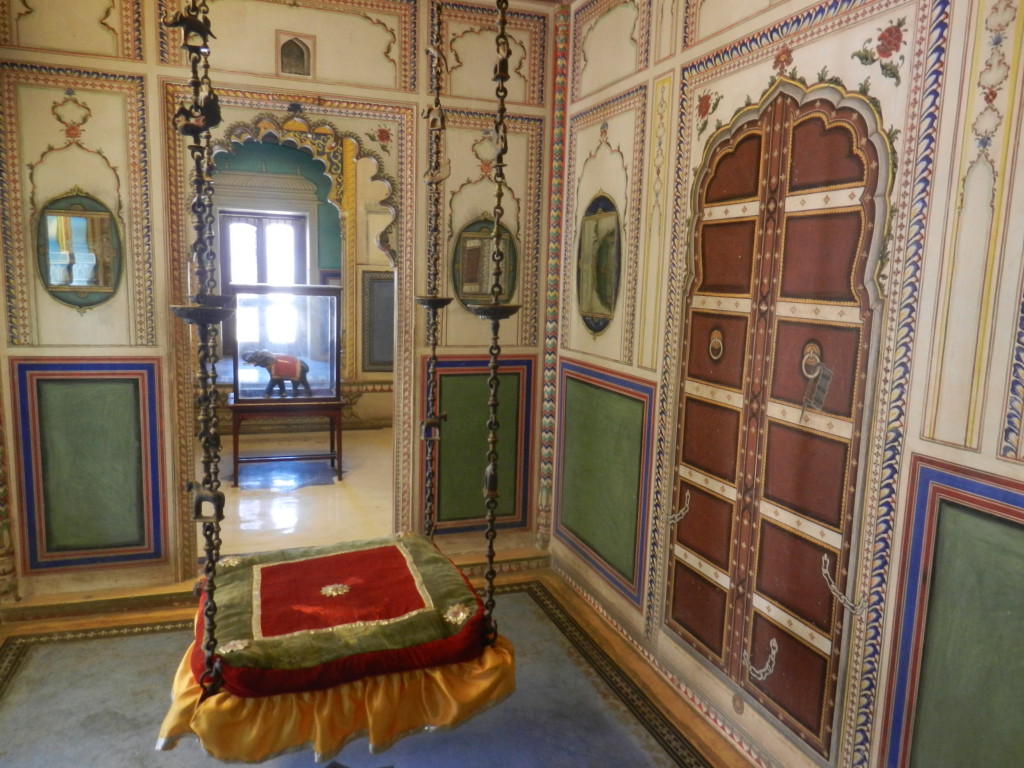
The Fun Palace
If you really want to be near the water, I would suggest the Lake Pichola hotel – right next to theUdaipur Palace – which has water-front terraces where you can eat or drink and watch the amazing sunsets or take a boat trip out across the largest lake, Pichola, to the Jagmandir island.
This island was known in former times as the “fun palace” of the Maharanas; beautiful gardens and white turrets surround a central courtyard which the extremely wealthy can use for wedding parties. This is where Russell Brand and Katy Perry tied their temporary knot. During the 1857 War of Independence (known in the West as ‘The Indian Mutiny’), European women and children were given protection on this island by the Maharana of the day.
On the day we visited, light breezes riffled through the sculpted hedges, leaving one with a feeling of extreme well-being. On the shore in the distance we could see women sitting and washing, or standing holding up long, brightly colored saris to dry in the warm air.

The City Palace
“Victory or death in battle has always been the religion of the Rajputs. It is his character that he knows no fear.” So quoted our guide, the charming Mahiraj Pratab Singh Rathore, as he took us around the sixteenth century City Palace on the shores of Lake Pichola. Inside the palace is a maze of corridors, narrow staircases and painted chambers, designed to be as confusing as possible to potential invaders.
As is always the case, Mahiraj’s interpretation of Indian myth and history was peculiarly his own. I noticed that his surname was the same as Reggie’s and several other of the guides we’d had on this trip and so I asked him about it. It seems that many or even most of the members of the former Royal families are now employed in the tourist business. He was forthcoming about his own personal situation and it was clear that not all of the members of these extended clans are from the grand landowning classes. But all of those we met seemed to retain, for me at least, some of the elegance and charm of the crumbling grandeur of the buildings.
The fact that Rajasthan is in India at all is also due in part to the efforts of the aforementioned father of tourism, Baghwat Singh. It was he who persuaded the other local kings of Jodhpur, Jaiselmer and Jaipur to secede to the Indian Congress in 1947. Up until then, the area was a mass of different kingdoms which existed in conjunction with the British but not coming under the direct rule of the Raj. Before the British, the Mughals had spent several centuries trying to vanquish this area with varying degrees of success. Evidence of this is the incredible Kumbhalgarh fort at Ranakpur.
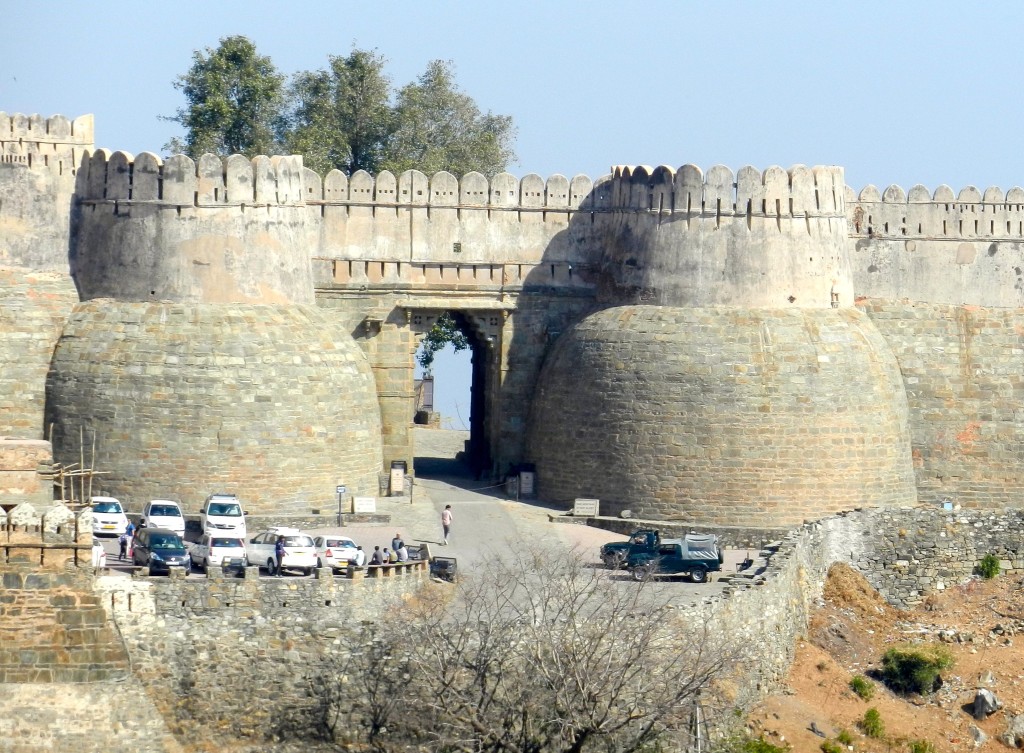
The Fortress at Ranakpur
After driving about an hour from the Mountbatten Lodge through lonely villages with the occasional oxen driven water-wheel, or roadside sugar-cane boiling pans, one turns a corner and there all at once, high up on a hill, are the smooth grey walls of a huge fortress laid out across the horizon like a giant sleeping crocodile. This is the second longest defence wall in the world after the Great Wall of China and it has only been breached once. Inside its central building thirty thousand people could withstand a siege for a year. Along the top of its walls there is room for five horses to walk abreast. This really is a most impressive site. And worth the climb up to the top to see the view over the surrounding hills, with the wall snaking its way to the horizon.

Not all of the Rajput Rathores are as hands-on as Reggie at Mountbatten Lodge. At the Udai Vilas hotel in Dungarpur, we did not meet the proprietor at all, but all the same his personality was indelibly manifested everywhere, from the cocktail bar which is situated among his collection of vintage cars and auto memorabilia, to the stuffed heads of wild animals on the walls, and to the eccentric art Deco furniture in the rooms – Baklite switches and old leather cases – and finally to the bizarre dining table with a Jacuzzi in the middle of it.
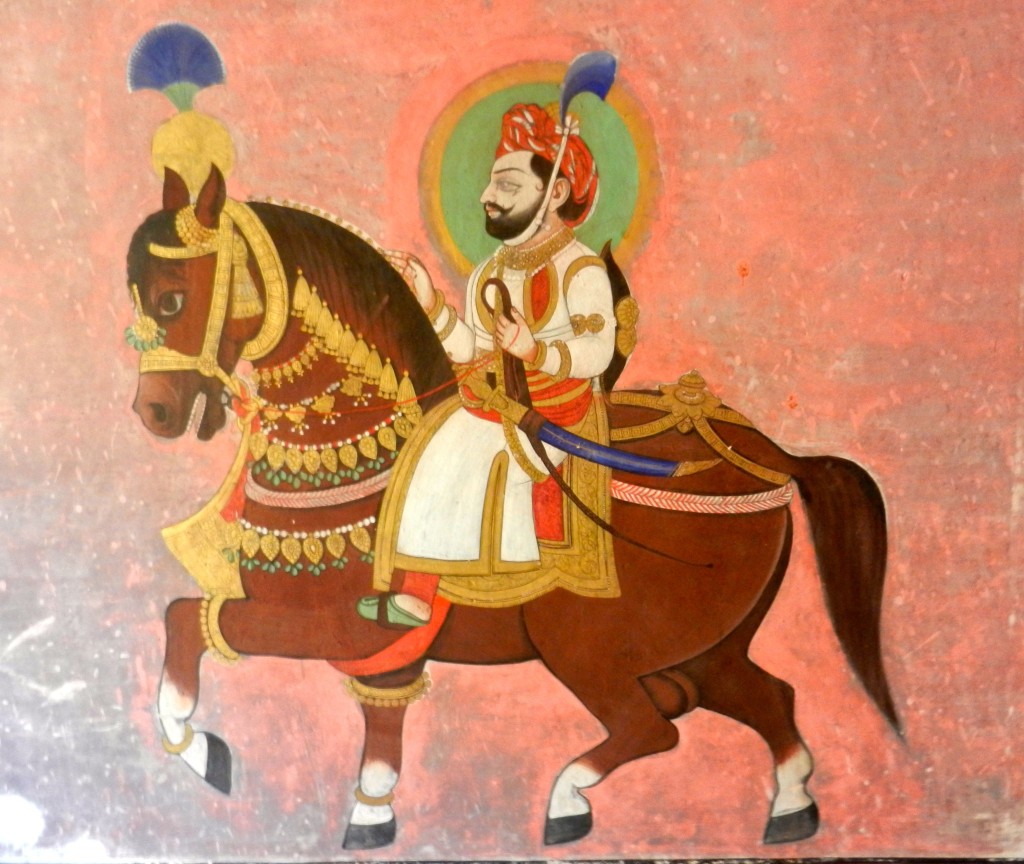
A Peeling Splendor
Nearby to Dungarpur is the Juna Mahal Fort, a thirteenth century palace which has to be seen to be believed. Seven stories of chambers with spectacular wall paintings – one small chamber of erotic paintings – the fort is reached at the end of a ragged old road, pockmarked and dusty. It is not on the tourist map. We were the only visitors being shown round by an old guy in a PVC jacket. The place is abandoned, its former splendor peeling.
This palace is the best undisturbed example of wall and ceiling painting of the Rajput era. Catch it while it still exists in its present form, before it changes either to a complete ruin or to an exploited tourist high spot.
The Darbargadh Castle
We were close to the Rajasthan Gujarat border now, and an hour’s drive took us into what is known as the ‘Dry State’, although I seemed to be offered more alcohol in the few days we spent there than in the weeks we spent in Rajasthan. When we arrived at the Darbargadh Castle in Poshina, Gujarat, we were greeted by Hanu, an urbane and stylish man who welcomed us to his “family home.” ‘How long have your family lived here?’ I asked. “Oh, five hundred years,” he replied with a chuckle, “we got it originally by conquest.”

The Darbargadh Castle is a sprawling muddle of old buildings right in the middle of the small but busy town of Poshina. Hanu’s family have been the Lords of this Manor for half a millennium, so his discreet confidence is understandable. But his wit and good humour are all his own.
The food is more than excellent, it is the essence of fine vegetarian cooking – his wife and mother have taught the young cooks. These are matriarchal recipes that go back a long way. Pakoras as light as toasted marshmallows, Rotis as thin as tissue paper, potatoes in coriander and yoghurt, smoked aubergine mash, caraway seed Polenta; each dish a different and extraordinary flavor with the spices delicately enhancing rather than burning, or bludgeoning the palate.
The buildings of Darbargadh are tumble-down and eccentric but the allure of the place is irresistible. Bouganvilla rolls off all the walls, turrets and terraces stumble into one another, around every corner is another art photo opportunity.
21st Century Problems
Like Reggie, Hanu has plans for the place – to build some more rooms in the old dairy, to revitalise the gardens – but his chief pre-occupation is the plastic bag rubbish which threatens to engulf the whole town. Poshina, like much of India now, has a plastic rubbish problem.
Yards of plastic bags have been found in the bellies of dead cows. There are piles and piles of discarded plastic packaging at roadsides where there used merely to be broken clay ‘Chai’ cups.
Hanu has installed big concrete pipes for landfill and last year hired a JCB, but the plastic just keeps growing. So he has embarked on a campaign to substitute recyclable paper bags for all the plastic bags in the district.
We accompany him on one of his journeys by Jeep into the surrounding tribal areas to distribute these new bags. They are bright yellow and have been decorated with what looks like his family coat of arms. There is something ironic about giving out something as grand as these decorated paper bags to the tribal peoples on the remoter edges of the town.

Bumping along in the Jeep with the windshield down, the new roads take us only as far as the mostly dried up river-bed, where we drive through the last puddles of this year’s water and on up dusty tracks into the tribal or ‘Adivasi’ area.
These people are more connected to the mainstream world than tribals in other areas of India. They are not walking around dressed in beads, with bows and arrows slung over their hips. They wear T-shirts, many of them, and I swear one young girl was texting on a cell phone hidden in the folds of her sari. A couple of times I saw the telltale square bulge of a phone in a man’s trouser pocket.
We visit a few of the homes of the tribal people and Hanu seems to be a popular guy, he obviously comes out here often, everyone knows him.
A woman looking after seven small boys shows us her palm tree ‘hooch’, which she happily pours down her own throat and occasionally down the throats of one or other of her charges. She smiles at us sheepishly, showing strong white teeth.
Electricity has been connected to all the dwellings by the government and most have been given a cow. Some have been given sapling trees to look after by the forestry department. A successful compromise seems to have been reached here to the endless argument about whether tribal people should be left completely alone or encouraged into the ‘mainstream’.
A Palace of Natural Beauty
What, if anything, the experience of our paper-bag distributing visit means to the tribal people of Poshina, I cannot guess at. But the visit has a moving effect on me.
As a Londoner, it is not often one gets to see parts of the world this naturally beautiful; the trees on all sides are wonderful, particularly the flame trees, with their twisted branches and almost fluorescent orange blossoms and the Neem trees which look like giant Acacias.
The area does not feel blighted; all around are irrigation pumps, cattle, buffalo, wheat growing, castor plants grown for their oil, cotton to pick or replant, a health centre is nearly built.
The people seem friendly, many smile as we pass.
The mild undulations of the scenery with green wheat and mustard fields, palm and tamarind trees and distant purple mountains against a setting sun is unspeakably beautiful. I try photographing it – but the beauty of the scene evades my digital camera. Each different and subtle change of light and color somehow having the same value in the photograph, as if the essence has been equalized. Like the difference between listening to a compressed studio recording as opposed to actually being among a full orchestra. A painter is needed, a Gauguin or a Cezanne. Somebody who could capture these multiple perspectives.

A Sweet Wish
A little bit further on in the Jeep and we arrive at a strange place indeed. Underneath a flame tree which has been adorned with ribbons and yellow sheets are more than a thousand small terracotta horses all stacked together like an ancient Chinese army. This is where we are to do a “puja,” to make a wish and to pray for it to come true. Evidently an infertile woman was once granted children at this very spot.
We have brought our own terracotta horse, purchased earlier in the village, along with a coconut, some incense, and a big lump of jaggery, basically crude sugar.
We place our horse among the other terracotta horses, light a small fire, burn the incense, crack the coconut, put the juice of it over the fire along with the jaggery, and make our wish. The sun is setting. I am not superstitious, spiritual or even particularly religious, but I invest as much belief and faith as I can muster into our puja wish, which is that we will one day return to this place. Preferably sooner rather than later. Like before the end of 2014, say. That would do.
When You Go
Both American Airlines and United operate flights from Milwaukee to Jodhpur with a layover in Delhi. The itinerary described in this story was arranged through On The Go Tours.
Story and photography by Nigel Planer




